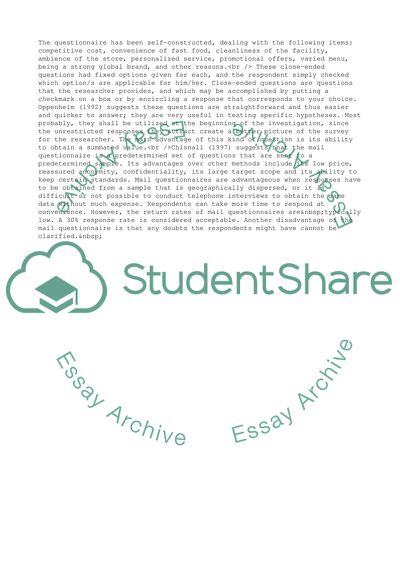Cite this document
(The Perceptions of Consumers on McDonalds Research Paper - 1, n.d.)
The Perceptions of Consumers on McDonalds Research Paper - 1. Retrieved from https://studentshare.org/business/1537334-research-report
The Perceptions of Consumers on McDonalds Research Paper - 1. Retrieved from https://studentshare.org/business/1537334-research-report
(The Perceptions of Consumers on McDonalds Research Paper - 1)
The Perceptions of Consumers on McDonalds Research Paper - 1. https://studentshare.org/business/1537334-research-report.
The Perceptions of Consumers on McDonalds Research Paper - 1. https://studentshare.org/business/1537334-research-report.
“The Perceptions of Consumers on McDonalds Research Paper - 1”, n.d. https://studentshare.org/business/1537334-research-report.


